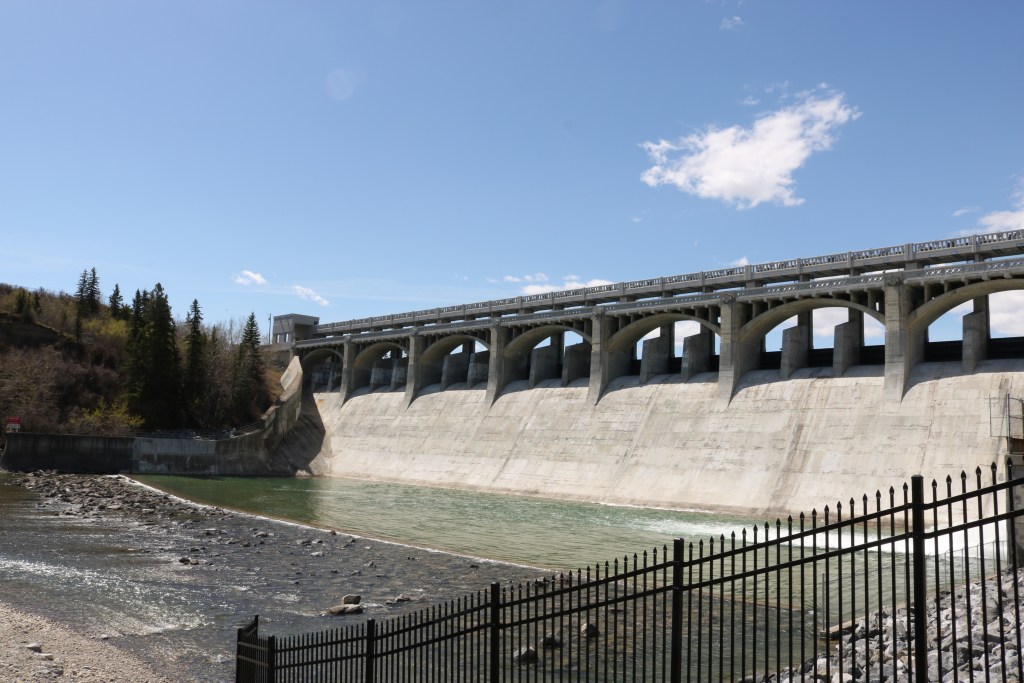

Calgary is forecasted to get a lot of rain over the next few days, and that’s raised the flood alert in the city.
The City issued a boating advisory for the Elbow River due to higher-than-expected flow rates. Calgarians are asked to stay off river during this time.
But before we get too far, it’s important to put things in perspective. The forecast – as it stands – calls for between 75 to 100 millimetres of rain over the next few days.
That’s roughly half the 220 millimetres averaged during the 2013 flood, according to Francois Bouchart, director of Water Services with the City of Calgary.
Still, he said the forecasts have changed continuously since the middle of last week.
“We knew there was an event coming, the event was identified as being much smaller,” he said.
“Now, as we get closer to the events materializing, we’re working very closely with the province and Environment Canada and we’re now at a point where this is a significant enough event that we’ve taken specific steps to prepare for the event.”
Water levels have been dropped in the Glenmore Reservoir in preparation. It will be 3.5 metres below crest to prepare for the additional water. Bouchart said they also have an agreement with TransAlta for the Ghost Reservoir further upstream to draw it down. He said it’s been drawn down lower than the expected amount.
Pathways in lower-lying areas are being closed. The City is also stockpiling materials to provide riverbank protection and temporary barriers. Protective balls are also being deployed so rising water can’t push back into the stormwater system.
The next 24 to 48 hours
The first layer of defense is the forecasts, said Bouchart. As they receive Environment Canada information, they’re able to extrapolate potential flow rates upstream. They work with the province to confirm that the data and the forecasts are telling the same story.
“That allows us to understand what flow rates we can anticipate, when we can anticipate the peak occurring. And that allows us to start looking at what are the triggers at different points,” Bouchart said.
Even though the risk appears to be smaller, Bouchart said they’re taking things very seriously.
“There’s always a risk. We can never eliminate the risk,” he said.
He said flood investments made over the past nine years have significantly improved the protection of lower-lying areas. At this point, Bouchart said they don’t anticipate it being put to the test.
“I want to caution people that the models are still predictions. The weather is so dynamic that we will just continue monitoring, forecasting and responding as it evolves,” he said.
The City is asking residents in lower-lying areas to take precautions.
- Move valuables and documents out of your basement as basement seepage is possible in river communities in lower-lying areas.
- If you have a sump pump or backflow valve, ensure it’s working.
- Direct rainwater away from your home: Eavestroughs and extensions should drain at least 1.5 metres (5 feet) away from your and your neighbour’s home and onto a landscaped area so the water can soak into the ground.
They also want Calgarians to be cautious around the rivers. While they don’t expect the banks to be breached, the flows will be higher and it’s dangerous.
The water can also lead to pooling on streets. If a storm drain is unable to clear within 90 minutes, take a photo and send it to Calgary 311.
Monitor flow rates here: https://rivers.alberta.ca/





